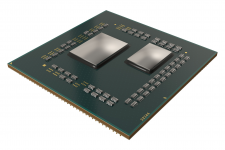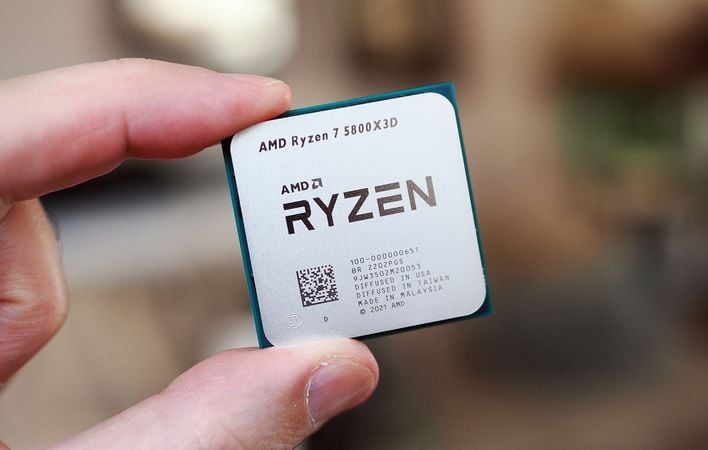I'll say that, for me, coming from a 3700X, I've seen much bigger FPS gains. I wasn't able to use resizable bar with that CPU and seeing it in action now with Horizon Zero Dawn has been impressive as well. It used to take ~30+ seconds to load and now it's more like 10. I don't know if Crysis 1-2 remastered use but they seem to load a little quicker now but that could also be due to those last patches Crytek put out.
I only just went to using an AIO with this chip but I've been able to keep the Plex 360 at stock speeds and it's been able to keep this CPU at ~65c or less during gaming, mostly in the 50s, and that was in a room that was 75 degrees Fahrenheit at the time so I'm happy everything will work well in the summer. The two combined have also resulted in my GPU running a few degrees cooler as well which was an unexpected bonus. Up until recently, I had been setting the AIO to max fan speeds for gaming but now I see that is totally unnecessary.
For me, gaming just feels smoother than when I had the 3700X, even in titles like SOTR and Metro Exodus. Granted, since I never had a 5800X I couldn't say what that would've been like but it was also Brent's comparison review between the two that first got my attention in regards to an upgrade. He'd already seen some unusual FPS gains back then.
I game almost entirely at 5120x1440 with my rig, usually at 100 Hz so I can use HDR with my monitor but then 120 Hz for non-HDR gaming, and things definitely seem more fluid regardless if there's a significant gain in frames but even then I'm seeing anywhere from ~5 to ~20, depending on the game plus the lows seem to have gone up a bit. I also use DLSS on the quality setting as much as possible to try and offload some work from the GPU and give a little more to the CPU. I had games that would hang ~70-90 FPS that are now basically hammering 100 FPS or at the least the high 90s. Obviously, like
@Brent_Justice 's review shows, moving from a 5800X is mixed at best and its ability to use PBO will definitely pull ahead but there's a cost of power and heat when you do that as well. I'm loving that I can now cut back on the fans and still enjoy more than I used to when everything was maxed. Definitely not a chip for everyone but for me, for the games I play, I'm loving it.


